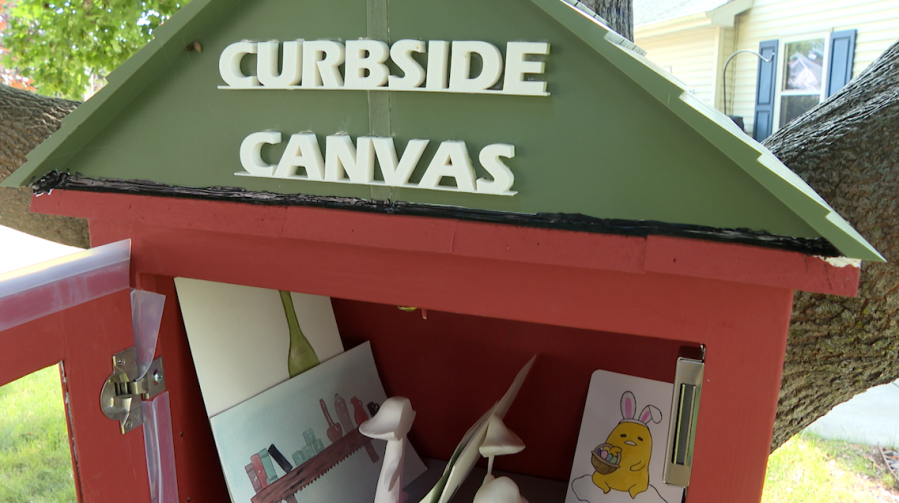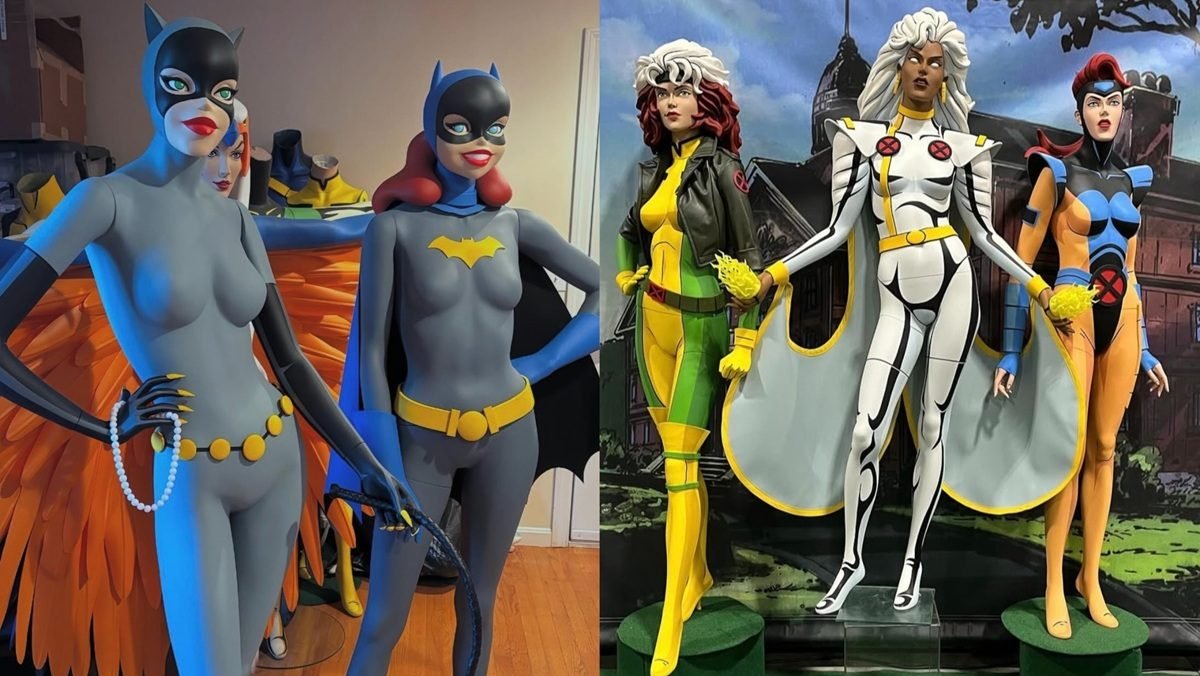Walking through “Bonnard’s Worlds” at the Kimbell Art Museum is akin to getting to know Pierre Bonnard himself, slowly peeling back layers of the artist’s life and moving toward his most intimate moments.
Keen observers will pick up on the camouflaged figures of animals and humans along the borders of his paintings or shown in reflective surfaces. The bright color palettes hint at his admiration for fellow French artist Henri Matisse, a friend with whom he would frequently trade paintings. And the repeated appearances of dachshunds signals his deep love of the breed, a series of which he owned as pets. Each dog was named Poucette, or “little thumb,” a reference to the classic tale of Thumbelina.
Other elements of his life, such as his long-term partner and eventual wife, Marthe, and his infidelity, are also on display — as are Bonnard’s evolving ideas of himself, including a self-portrait of the artist as a boxer with a bloodied face and his visage in old age.
Physically, the galleries lead patrons from the exterior — starting with a landscape of his hometown and views of his garden — toward the interior of his home and perceptions of himself. Patrons can peer inside the dining room, the bedroom and, in the bathroom, see the artist’s reflection in a mirror.
If you go
Hours: 10 a.m.-5 p.m. Tuesday-Thursday, Saturday
Noon-8 p.m. Friday
Noon-5 p.m. Sunday
Dates: Nov. 5-Jan. 28
Location: 3333 Camp Bowie Blvd.
Fort Worth
Tickets: Free for children under 6 and museum members
$14 children ages 6-11
$16 students and seniors over 60
$18 adults. For more info, click here.
“The general public is often unaware of Pierre Bonnard and his influence on the trajectory of 20th- century painting,” Eric Lee, director of the Kimbell Art Museum, said in a press release.
“A friend of both Monet and Matisse, Bonnard is not only a bridge between impressionism and the postimpressionist movements that followed; he is a painter who forged his own visual style, marked by a uniquely nuanced mastery of color, shaped by complex and evocative compositions, and built around representations of the natural spaces, intimate interiors, and people that comprised his world.”
The idea for the show came from the museum’s acquisition of Bonnard’s “Landscape at Le Cannet” in 2018, said the exhibition’s curator and the Kimbell’s deputy director, George Shackelford.
Rather than painting on-site, the French painter carried around pocket notebooks to make quick sketches and work on multiple pieces at a time. Occasionally, he might take a reference photo, Shackelford said, but most often he worked from memory.
“The painting is more important than its fidelity to nature,” he said of Bonnard’s philosophy. “That it satisfies the artist’s notion of what that idea is, is way more important than whether it’s true to life.”

Though it’s not explicitly billed as a retrospective, the works on display span 1891-1945 and show the evolution of his style and ideas.
For the first time in 25 years, art lovers will have the opportunity to see three iterations of the same idea side by side in the United States: “Nude in the Bath” 1936, “The Large Bathtub, Nude” 1937-1939 and “Nude in Bathtub” 1941-46.
Musée d’Art Moderne de Paris purchased “Nude in Bath,” the first version of this idea, before the work was finished.
“They didn’t take possession of it until long after it was due in 1937 because Bonnard was just not ready to let that happen,” Shackelford said. “After he gave it to them, he borrowed it back, because he was at work on a second version of it … a version. It’s not a copy. It’s an evolution.”
In each version, a woman reclines in a tub in a bathroom with a tiled floor. But the size of the tub, the color of the tiles and the inclusion or exclusion of a bathmat change with each iteration.
Training your eye to notice differences between similar works or themes grouped together helps sharpen the viewer’s awareness of details embedded in Bonnard’s work that can otherwise be easy to miss.
For example, at first glance, viewers might not notice a man lying on the ground in the lower right-hand corner of “Landscape at Le Cannet” or the two animals in similar hues, standing next to him.
“He put something there in the corner to make you contemplate. There’s something there that you have to focus on, pay attention to really see,” Shackelford said. “He wants you to look for a long time.”
Marcheta Fornoff covers the arts for the Fort Worth Report. Contact her at marcheta.fornoff@fortworthreport.org or on Twitter. At the Fort Worth Report, news decisions are made independently of our board members and financial supporters. Read more about our editorial independence policy here.






